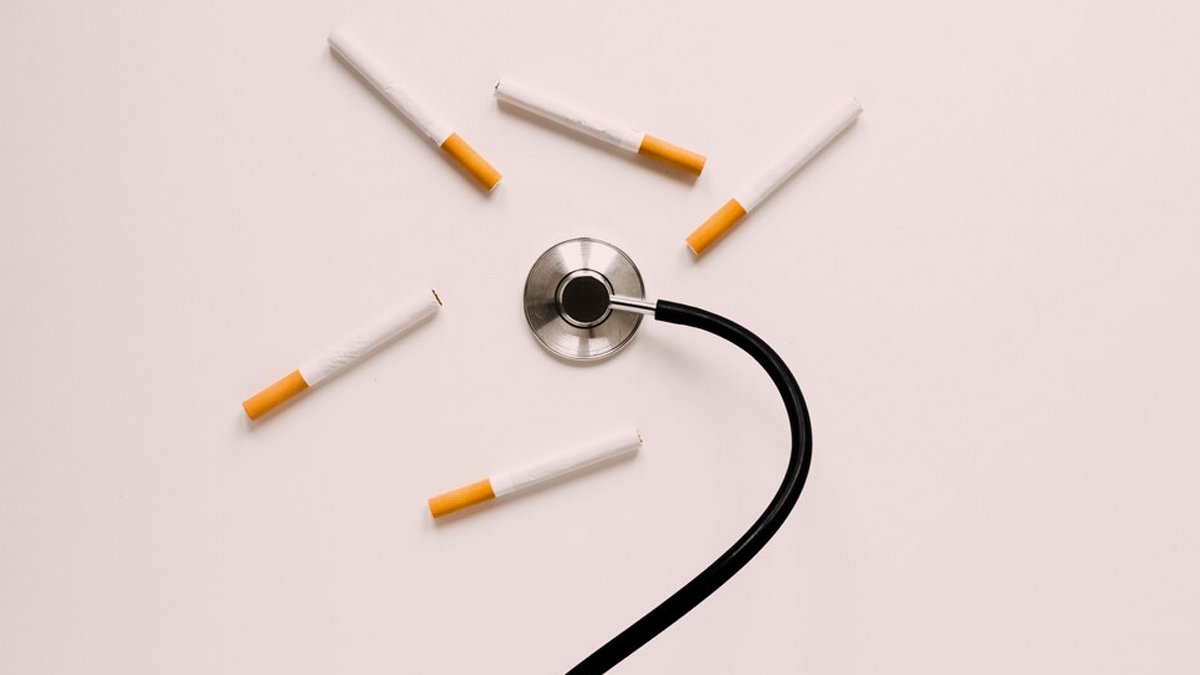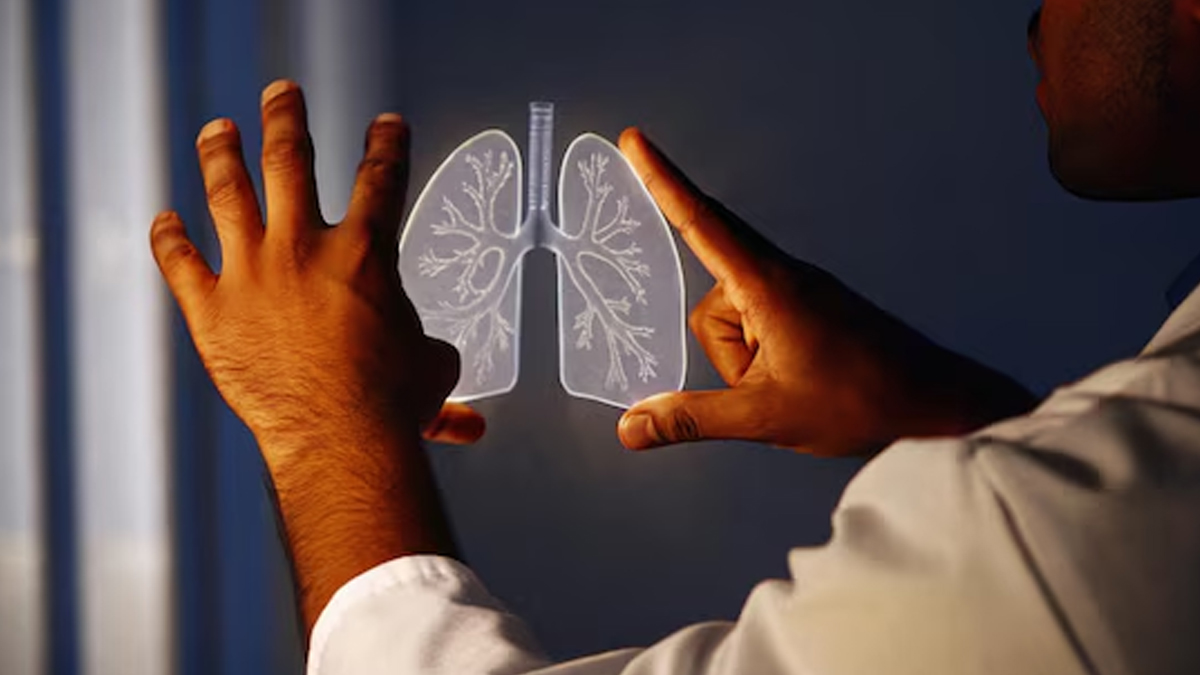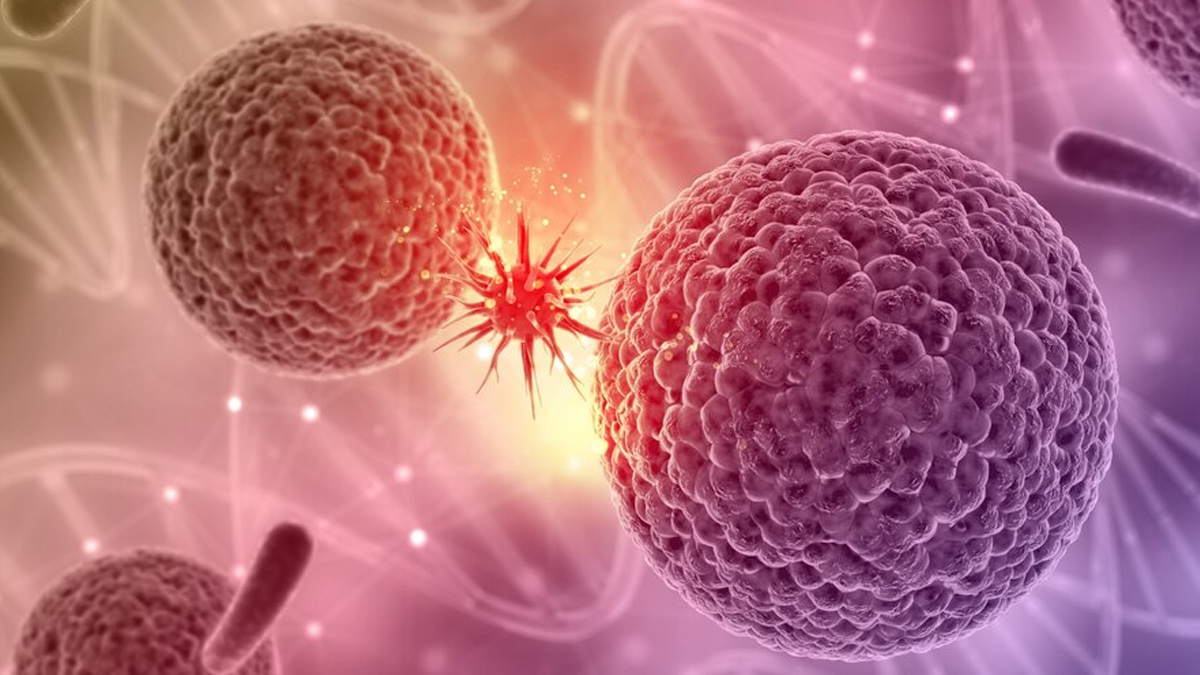
For some people, smoking is a way of life. It is a habit that is hard to give up. But what is often overlooked is that cigarette smoking is a major public health concern that affects over a billion people worldwide and kills millions globally.
Table of Content:-
According to the World Health Organization (WHO), tobacco consumption claims the lives of up to half of its users who don’t quit. It kills more than 80 lakh people annually, including an estimated 10.3 lakh non-smokers who are exposed to second-hand smoke. Not only is smoking linked to lung disease, heart disease, stroke, diabetes, and many other chronic health conditions, it is also associated with several cancers—12 different types, to be more precise.
Also Read: 6 Ways Smoking Affects Your Body Other Than Damaging Your Lung Health
How Smoking Causes Cancer?

Did you know that there are more than 100 different types of cancer, each deadlier than the other?
Cancer occurs when the cells in certain parts of the body start to grow uncontrollably, forming a tumour. Unfortunately, if the cancer cells are not detected early or are left untreated, they can spread to other parts of the body, taking the form of advanced cancer that is more difficult to treat and cure.
Many factors can increase your risk of cancer. These most commonly include genetic mutations, a family history of cancer, certain infections, and unhealthy lifestyle choices, such as unhealthy dietary habits, physical inactivity, and obesity.
Smoking is also a major contributor to many different cancers.
According to the CDC, cigarette smoke contains more than 7,000 chemicals—at least 69 of these chemicals can cause cancer.
These chemicals can weaken the immune system, which is the body's natural defence against disease and infections. A weakened immune system fails to identify and eliminate cancer cells, giving them the chance to thrive and spread to other parts of the body. Additionally, the chemicals in cigarette smoke damage DNA and can cause cells to grow abnormally, forming tumours that can become cancerous.
In short, smoking both reduces the body's ability to fight cancer and directly causes the kind of cellular damage that leads to cancer development.
Also Read: Smokers Lose 20 Minutes of Life With a Single Cigarette, New Study Warns
12 Different Cancers Caused By Smoking

As per the CDC, smoking can cause cancer in almost any part of the body. These are:
- Bladder
- Blood (acute myeloid leukaemia)
- Cervix
- Colon and rectum
- Oesophagus
- Kidney and renal pelvis
- Larynx (voice box)
- Liver
- Lung, bronchus, and trachea
- Mouth and throat
- Pancreas
- Stomach
What Is Secondhand Smoke And What Risks Does It Pose To Health?

Secondhand smoke, or passive smoke, is the smoke exhaled by smokers and inhaled by non-smokers. There are two types of secondhand smoke: sidestream smoke and mainstream smoke. Sidestream smoke refers to the smoke emitted from the burning end of a cigarette, cigar, or pipe, whereas mainstream smoke is exhaled by the smoker.
Exposure to secondhand smoke can harm both smokers and non-smokers. In fact, passive smoking can cause lung cancer in nonsmokers, according to the National Cancer Institute (NCI). This type of smoking can also expose you to harmful chemicals, many of which are carcinogenic and can cause respiratory issues, heart disease, and other health problems.
How To Quit Smoking

If you are someone planning to quit smoking and avoid relapsing, here's what you can do:
- Select a specific date to stop smoking.
- Identify circumstances that make you want to smoke.
- Replace smoking with healthier habits.
- Seek support from friends and family; you can also consider joining a support group.
- Get rid of cigarettes and smoking-related items.
- Opt for healthier habits like drinking water, exercising, and trying nicotine replacement therapy.
- Seek professional help.
- Occupy yourself with activities.
- Celebrate milestones and achievements along the way.
Always remember that quitting smoking is a process, and you must keep at it.
Also watch this video
How we keep this article up to date:
We work with experts and keep a close eye on the latest in health and wellness. Whenever there is a new research or helpful information, we update our articles with accurate and useful advice.
Current Version